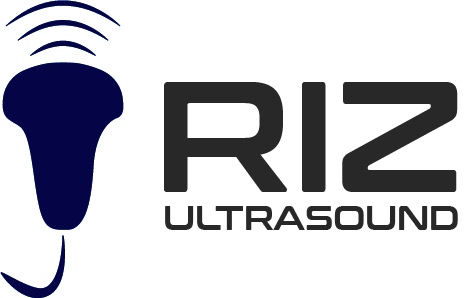Introduction
Calf pain can be more than just muscle soreness—it may indicate circulation issues or underlying vascular problems. Ultrasound scans are one of the most effective ways to assess blood flow in the legs and identify problems early, helping to prevent serious complications like deep vein thrombosis (DVT).
Why Calf Pain Should Be Investigated
- Muscle strains often resolve with rest, but persistent or severe pain may be a sign of circulation problems.
- Conditions like varicose veins, DVT, or peripheral artery disease can all present as calf discomfort.
- Early detection with ultrasound can prevent health risks such as blood clots traveling to the lungs.
How Ultrasound Helps with Circulation Issues
- Doppler Ultrasound evaluates the flow of blood through the veins and arteries.
- Venous Ultrasound checks for clots, blockages, or valve problems that cause swelling and pain.
- Arterial Ultrasound can identify reduced blood flow caused by narrowed or hardened arteries.
Conditions Diagnosed with Calf Ultrasound
- Deep Vein Thrombosis (DVT) – A blood clot in the leg that requires immediate medical attention.
- Varicose Veins – Faulty vein valves that cause swelling, heaviness, and discomfort.
- Peripheral Artery Disease (PAD) – Narrowing of the arteries reducing circulation to the legs.
- Muscle Tears or Injuries – Distinguishing between vascular and muscular causes of pain.
When to Seek an Ultrasound
- Sudden unexplained calf pain or swelling.
- Calf pain accompanied by redness, warmth, or tenderness.
- Pain that worsens when walking or standing for long periods.
- Family history of circulation issues or blood clots.
Riz Ultrasound – Fast and Accurate Scans
Located in Glasgow, Riz Ultrasound provides same-day appointments with Doppler and vascular ultrasound options, giving patients peace of mind and timely results.
Conclusion
Don’t dismiss calf pain as simple muscle soreness. With a quick, safe ultrasound scan, you can rule out serious conditions and get the right treatment plan.



